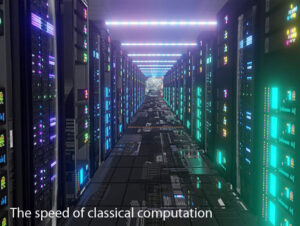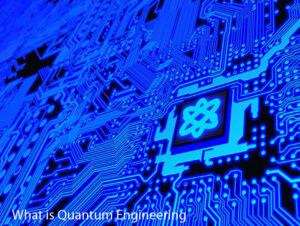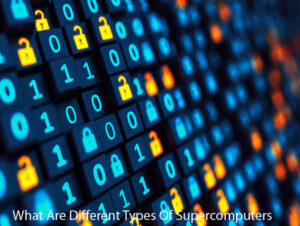– one day i tried to know about Qubit, why it’s using, when will i use quantum computing? all those questions related with the Quantum Machine Learning and Information Technology.
Today i came here, Today we will discuss about the topic how Quantum Computer works, what is a machine learning. Who to use it for research, and many more. In today’s article, we have lots of topics like what is Qubit, What benefits are coming from this project. What are Applications of Quantum Computers in the field of Data Science and Mathematics. How do you get your hands on a Qubit and many other topic related with Qubit.
What is Quantum Computation?

Quantum computers can perform computations at speeds comparable to traditional supercomputers but consumes less power. This has allowed the development of new types of applications and technologies including quantum information processing, quantum cryptography.
DNA sequencing, molecular modeling and drug design. These computations are performed on extremely small states that can be arranged into chains called qubits. Just like bits in digital computing.
The term “quantum” refers to the fact that there is no longer a distinction between the physical and state dimensions. Instead, quantum is sometimes taken to mean either “quanta” or “qubits”. The name “quantum” was adopted by John Preskill in 1976 and became. The standard term for any theoretical idea requiring very large numbers of qubits.
The fundamental unit of quantum computer is called a qubit, which consists of a single electron. It consists of a series of electrons in a vacuum tube that can hold up to 2 million electron volts of electrical energy. When the electrons emit light, they release an electric current through the circuit and it passes over the switch called transducer.

Now let say if the electronic system is running in the clock mode then it generates the same current as a person falling asleep. Thus, it’s a device which performs the electrical transition of the electron from the ground to the different state and its performance is similar to human brain. However, the biggest advantage of these machines are that they may operate faster than Quantum Computing.
It’s not only faster, such machines can run multiple times faster without being exhausted. It also keeps the hardware cost low too. We have been able to create the largest Quantum Computing ever using silicon germanium chips. A typical chip sized around 24 square millimeters (0.2 inch) is being used for the world’s most powerful processor. Currently researchers use 7nm chips, which has 5 qubits. As long as these chips work on the concept of double-data and triple-data, will be useful for AI, DNN, etc.
Classification of Quantum Computation/Modeling
Quantum computing may have several important advantages:
The speed of classical computation;
The ability to model complex processes;
The availability of real time feedback;
It’s possible to process information faster and efficiently.
Even though there aren’t major breakthroughs yet in the field of artificial intelligence, we expect much progress will come out of it due to the importance of data in our society. Therefore, the ability to provide quick feedback along with the speed which would help us accomplish some serious task. One question that people ask is, “what are the applications of Quantum Computing in machine learning and its improvement”? Today Qubit and Open Qum has launched first version using the 4gb and 6gig RAM.

There are two types of chips for deploying machine learning that includes Fermi gate based Qubit and 3D sensing chips like Intel’s Octane technology. Some examples of these chips are Fermi Gate Qubit using 8nm chips, and 3D sensing chips like Redmond.
Since humans cannot see each other. So it becomes difficult to measure one another’s location and many other things. But with the advent of modern tech these problems are solved by having robots. But it doesn’t reduce the difficulty for us to identify different objects and their locations.
It can be estimated that Quantum algorithms are better in doing tasks than traditional methods, because these machines don’t need to deal with large amounts of data, but are capable of solving complicated problems. For example, NLP(natural language processing) tasks require huge amount of data, so it needs specialized servers with advanced security techniques, especially in the case of high-quality data.
And with the arrival of GPUs, it becomes easier for us to deploy them everywhere in the world in order to save a lot of memory space. That makes the problem of storing information scalable if the required computational power grows and grows.

An added value, the growth of storage space can lead to a parallel increase of available data and thus more data becomes usable. Hence, it can be said that the larger number of data also allows us to solve larger and more sophisticated problems.















